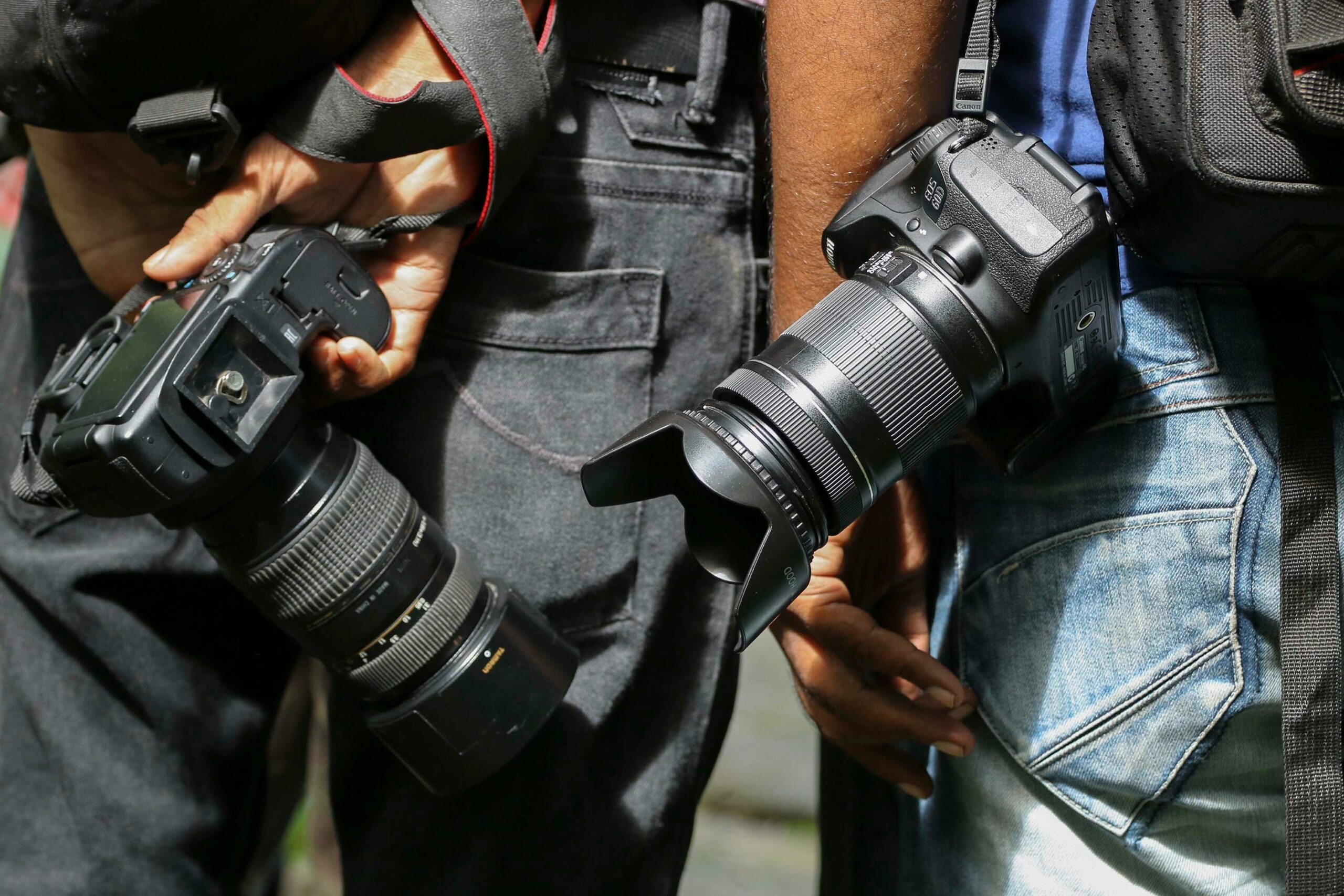
Photography is more than just capturing moments—it’s a powerful medium of storytelling, emotion, and art. For many, the path begins not with professional training but with curiosity and enthusiasm. Amateur photographers represent the heart of this creative world, exploring perspectives that are fresh, spontaneous, and deeply personal. Their journey is not defined by expensive gear or technical mastery but by the desire to see the world differently.
The Spark: What Inspires an Amateur Photographer
Every amateur photographer starts with a spark—an experience, a place, or a moment that ignites the urge to pick up a camera. It might be a breathtaking sunset, a loved one’s smile, or the thrill of travel—this initial passion fuels exploration and growth. The beauty of amateur photography lies in its authenticity; it’s driven by emotion, not obligation. Inspiration often comes from everyday life, teaching amateurs to notice the extraordinary in the ordinary.
Learning the Craft: Skills Every Beginner Must Build
Becoming skilled in photography doesn’t happen overnight. It requires patience, practice, and a willingness to experiment. Understanding key concepts like lighting, composition, and focus is crucial. Natural light is a beginner’s best friend, while mastering composition rules such as the “rule of thirds” helps create visually appealing shots. Amateurs often learn through trial and error, turning mistakes into valuable lessons. Over time, what begins as experimentation transforms into an instinctive creative process.
Choosing the Right Equipment: Start Simple
One of the biggest misconceptions in photography is that only high-end cameras produce quality images. In truth, a beginner can achieve remarkable results with basic equipment. Smartphones today come with advanced camera features, making them a great starting point. As skills develop, upgrading to a DSLR or mirrorless camera enables greater control and versatility. The key is understanding your tools—knowing how to use aperture, shutter speed, and ISO effectively can elevate your photography regardless of the device.
The Power of Perspective: Developing a Unique Style
What sets one photographer apart from another is perspective. Amateur photographers have the freedom to explore without the constraints of commercial expectations. Over time, this experimentation leads to the development of a personal style. Whether it’s a preference for black and white images, candid portraits, or nature photography, individuality shines through. A signature style not only enhances personal branding but also fosters an emotional connection with viewers.
Editing: The Final Brushstroke
Capturing a photo is only half the process; editing completes the story. Post-processing enhances color, tone, and mood, helping to align the image with the photographer’s vision. Free tools like Snapseed and Lightroom Mobile make editing accessible for beginners. The goal is not to over-edit but to enhance the natural essence of the photo. With time, amateurs learn that subtlety often delivers the most substantial impact.
Overcoming Challenges: From Insecurity to Confidence
Every amateur photographer faces moments of doubt. Comparing one’s work to that of professionals can be discouraging, but it’s essential to remember that growth takes time. Challenges like inconsistent lighting, technical limitations, or creative blocks are common. The key to overcoming them is persistence. Joining photography groups, engaging in online communities, and participating in local photo walks provide encouragement and constructive feedback. Confidence builds gradually, turning hesitation into artistic courage.
Telling Stories Through the Lens
Photography is storytelling without words. A skilled amateur photographer captures emotions that resonate with others—a mother’s laughter, the calm of a sunrise, or the chaos of a busy street. Each photo tells a story shaped by the photographer’s perception. Learning to observe deeply, anticipate moments, and convey emotion is what transforms snapshots into powerful visual narratives. Great photographers are not defined by what they see but by how they choose to see it.
Building an Online Presence: Sharing Work with the World
In today’s digital age, an amateur photographer can reach a global audience with just a few clicks. Social media platforms like Instagram, Pinterest, and 500px offer spaces to showcase creativity and connect with like-minded individuals. Maintaining an online portfolio or a personal website also adds professionalism and credibility. Consistency, engagement, and the use of relevant hashtags can significantly enhance visibility. More importantly, online sharing opens doors to opportunities, collaborations, and even monetization.
Turning Passion into Profession
For some, photography remains a cherished hobby; for others, it evolves into a career. Transitioning from amateur to professional takes dedication, continuous learning, and strategic planning. Building a portfolio, taking up small projects, and understanding client needs are necessary steps. Attending workshops, collaborating with brands, or working as an assistant photographer can provide valuable experience and skills. What begins as passion can evolve into a fulfilling profession if nurtured with patience and purpose.
The Role of Continuous Learning
Photography is an ever-evolving art form influenced by technology, trends, and creativity. Even experienced photographers continue to learn—whether it’s mastering new editing techniques, exploring drone photography, or studying color theory. Online courses, tutorials, and photography challenges help amateurs stay inspired. Embracing a mindset of lifelong learning ensures that creativity remains vibrant and ever-evolving.
Ethics and Responsibility in Photography
With the power to capture and share moments comes responsibility. Amateur photographers must respect privacy, seek consent when photographing people, and avoid misrepresentation through heavy manipulation. Nature photographers should avoid disturbing wildlife or damaging habitats. Ethical photography ensures integrity and fosters trust with audiences.
The Beauty of an Endless Journey
The journey of an amateur photographer is not defined by titles or accolades but by discovery and growth. Each image captured is a reflection of emotion, creativity, and evolving skill. Photography teaches patience, observation, and appreciation for life’s fleeting moments. Whether it remains a personal passion or blossoms into a profession, the essence of photography lies in its ability to connect hearts through images. Every click is a step forward—a reminder that mastery is not the destination but the journey itself.